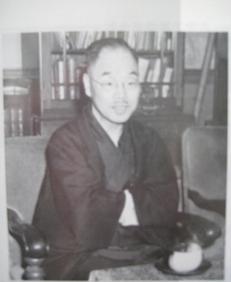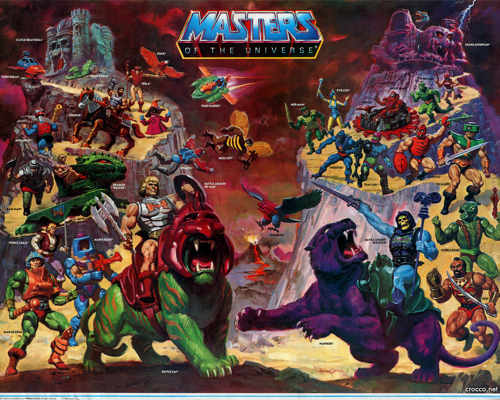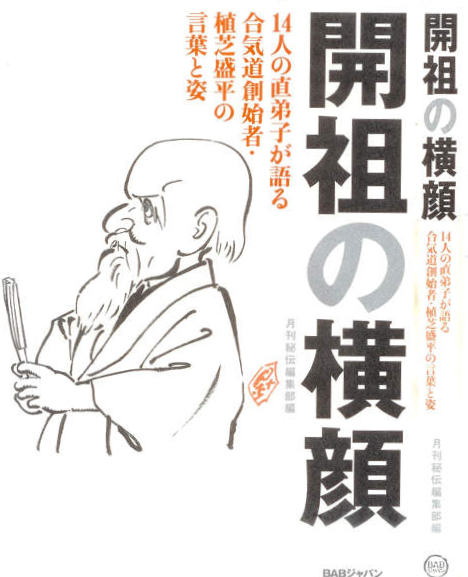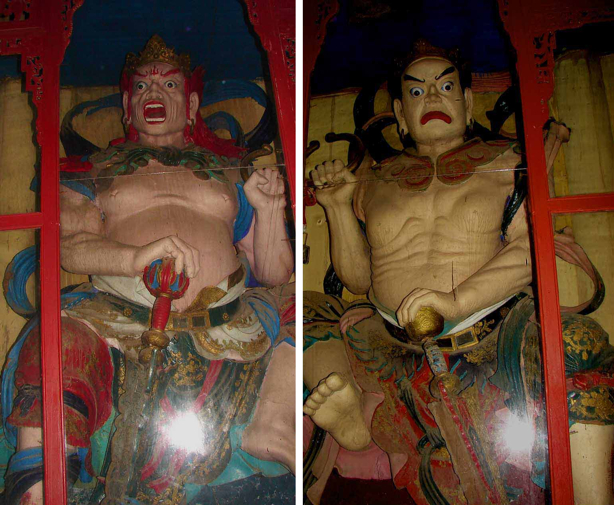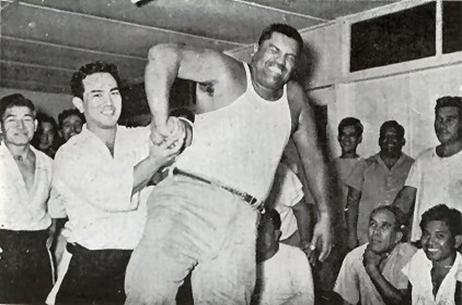
Koichi Tohei demonstrates Sankyo in Hawaii
“Sensei, you are so small!”
In “Morihei Ueshiba: Untranslatable Words” we explored one of Koichi Tohei’s experiences during the 1961 visit to Hawaii by Aikido Founder Morihei Ueshiba.
For those that are interested, Koa Kimura’s photo journal of O-Sensei’s visit to Hawaii is available on the Aikido Hawaii website.
Koichi Tohei originally visited Hawaii in 1953, at the invitation of the Hawaii branch of the Nishi Health System.
Between 1953 and the opening of the Honolulu Aiki Dojo in 1961 Aikido experienced an explosive growth in the Hawaiian islands – the Hawaii Aikido groups were even able to raise funds to send to Japan for the repair of the Aikikai hombu dojo, which had been damaged in the bombing of Tokyo during WWII. (more…)


